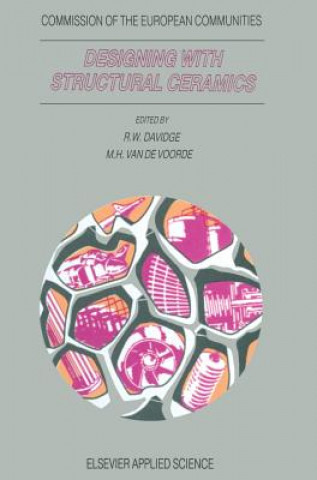
Code: 01435085
Designing with Structural Ceramics
by R.W. Davidge, Marcel H. Van de Voorde
The last 30 years have seen a steady development in the range of ceramic materials with potential for high temperature engineering applications: in the 60s, self-bonded silicon carbide and reaction-bonded silicon nitride; in the 7 ... more
- Language:
 English
English - Binding: Hardback
- Number of pages: 343
Publisher: Springer Netherlands, 1991
- More about this

61.92 €

Low in stock at our supplier
Shipping in 10 - 15 days
Potřebujete více kusů?Máte-li zájem o více kusů, prověřte, prosím, nejprve dostupnost titulu na naši zákaznické podpoře.
Add to wishlist
You might also like
-

Ecclesiastical History, Books 6-10
54.09 € -

Temperate and Subtropical Fruit Production
97.10 € -

Labor and Politics in the U.S. Postal Service
122.12 € -

Phospholipids in the Nervous Sytem
73.31 € -
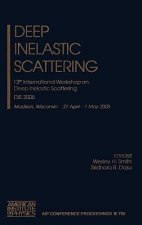
Deep Inelastic Scattering
332.31 € -

Linear Representations of Groups
89.27 € -

Advances and Technical Standards in Neurosurgery
187.81 € -

Život jako prostor vztahů
10.16 € -15 % -

Horizonte - Geschichte für die Qualifikationsphase in Niedersachsen
15.75 € -

Kriminalpädagogik.
32.43 € -

Grenzen amtlicher und dienstlicher Weisungen im öffentlichen Dienst.
50.43 € -4 % -
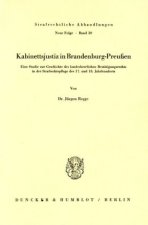
Kabinettsjustiz in Brandenburg-Preußen.
50.43 € -4 % -

Alles auf dem Rasen
12.09 € -10 % -

Urbevoelkerung Europas und die Herkunft der Germanen
20.73 € -1 %
Give this book as a present today
- Order book and choose Gift Order.
- We will send you book gift voucher at once. You can give it out to anyone.
- Book will be send to donee, nothing more to care about.
More about Designing with Structural Ceramics
You get 154 loyalty points
 Book synopsis
Book synopsis
The last 30 years have seen a steady development in the range of ceramic materials with potential for high temperature engineering applications: in the 60s, self-bonded silicon carbide and reaction-bonded silicon nitride; in the 70s, improved aluminas, sintered silicon carbide and silicon nitrides (including sialons); in the 80s, various toughened Zr0 materials, ceramic matrix composites reinforced with silicon 2 carbide continuous fibres or whiskers. Design methodologies were evolved in the 70s, incorporating the principles of fracture mechanics and the statistical variation and time dependence of strength. These have been used successfully to predict the engineering behaviour of ceramics in the lower range of temperature. In spite of the above, and the underlying thermodynamic arguments for operations at higher temperatures, there has been a disappointing uptake of these materials in industry for high temperature usc. Most of the successful applications are for low to moderate temperatures such as seals and bearings, and metal cutting and shaping. The reasons have been very well documented and include: Poor predictability and reliability at high temperature. High costs relative to competing materials. Variable reproducibility of manufacturing processes. Lack of sufficiently sensitive non-destructive techniques. With this as background, a Europhysics Industrial Workshop sponsored by the European Physical Society (EPS) was organised by the Netherlands Energy Research Foundation (ECN) and the Institute for Advanced Materials of the Joint Research Centre (JRC) of the EC, at Petten, North Holland, in April 1990 to consider the status of thermomechanical applications of engineering ceramics.
 Book details
Book details
Book category Books in English Technology, engineering, agriculture Industrial chemistry & manufacturing technologies Industrial chemistry
61.92 €
- Full title: Designing with Structural Ceramics
- Author: R.W. Davidge, Marcel H. Van de Voorde
- Language:
 English
English - Binding: Hardback
- Number of pages: 343
- EAN: 9781851667406
- ID: 01435085
- Publisher: Springer Netherlands
- Weight: 735 g
- Dimensions: 26 × 175 × 25 mm
- Published: 1991
Trending among others
-

Understanding Wine Technology
29.99 € -28 % -

French Patisserie
50.53 € -16 % -

Altbier
13.62 € -16 % -

Emperor Of Scent
11.38 € -28 % -

Vineyards, Rocks, and Soils
56.32 € -

Science of Ice Cream
34.97 € -5 % -

Modern Gastronomy
101.37 € -

Porter
11.07 € -17 % -

Essential Rubber Formulary: Formulas for Practitioners
130.76 € -
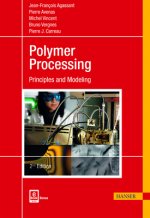
Polymer Processing
230.52 € -7 % -
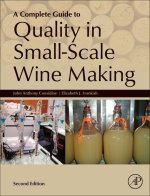
A Complete Guide to Quality in Small-Scale Wine Making
107.98 € -5 % -

Global Cheesemaking Technology - Cheese Quality and Characteristics
229.60 € -

Perfectly Creamy Frozen Yogurt: 56 Amazing Flavors
14.43 € -21 % -

Art of Making Fermented Sausages
16.77 € -20 % -

Malt
15.34 € -28 % -

Soapmaker's Companion
17.48 € -25 % -

Introduction to Perfumery
103.30 € -

Craft and Science of Coffee
116.83 € -15 % -
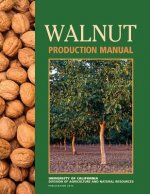
Walnut Production Manual
65.27 € -

Mouthfeel
58.46 € -

Salami
116.73 € -

Art of Beef Cutting - A Meat Professional's Guide to Butchering and Merchandising
38.83 € -23 % -

Principles of Brewing Science
25.82 € -17 % -

Undiscovered Self
18.29 € -14 % -

Note-by-Note Cooking
28.97 € -5 % -

Formulation and Preparation of Cosmetics, Fragrances and Flavors
87.14 € -

New Brewing Lager Beer
15.55 € -26 % -

Formulas, Ingredients and Production of Cosmetics
242.52 € -

Voigt's Pharmaceutical Technology
144.89 € -

Introduction to Chemical Engineering - Tools for day and Tomorrow, 5th Edition
84.09 € -

Organic Chemistry of Drug Design and Drug Action
97.61 € -12 % -

Oktoberfest, Vienna, Marzen
9.96 € -25 % -
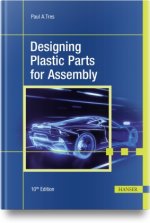
Designing Plastic Parts for Assembly
149.67 € -4 % -

Pharmaceutical Competitive Intelligence for the Regulatory Affairs Professional
72.90 € -
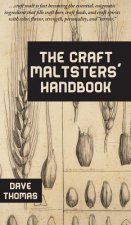
Craft Maltsters' Handbook
29.68 € -

Belgian Ale
9.34 € -28 % -

Continental Pilsener
11.07 € -17 % -

How To Brew
20.84 € -20 % -

Designing Great Beers
19.11 € -27 % -

Amber Revolution
36.09 € -4 % -

Chromatopia
22.46 € -16 % -

Natural Soap Book
13.82 € -15 % -

Cosmeceuticals and Cosmetic Ingredients
237.43 € -

Injection Mold Design Engineering
139.10 € -6 % -

Colour
8.33 € -28 % -
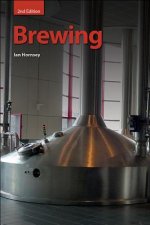
Brewing
37.61 € -5 % -
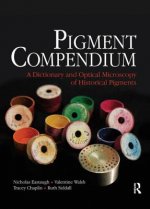
Pigment Compendium
246.18 € -5 % -

Indigo
23.28 € -18 % -
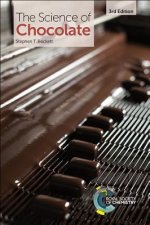
Science of Chocolate
40.16 €
Collection points Bratislava a 2642 dalších
Copyright ©2008-24 najlacnejsie-knihy.sk All rights reservedPrivacyCookies


 15549 collection points
15549 collection points Delivery 2.99 €
Delivery 2.99 € 02/210 210 99 (8-15.30h)
02/210 210 99 (8-15.30h)